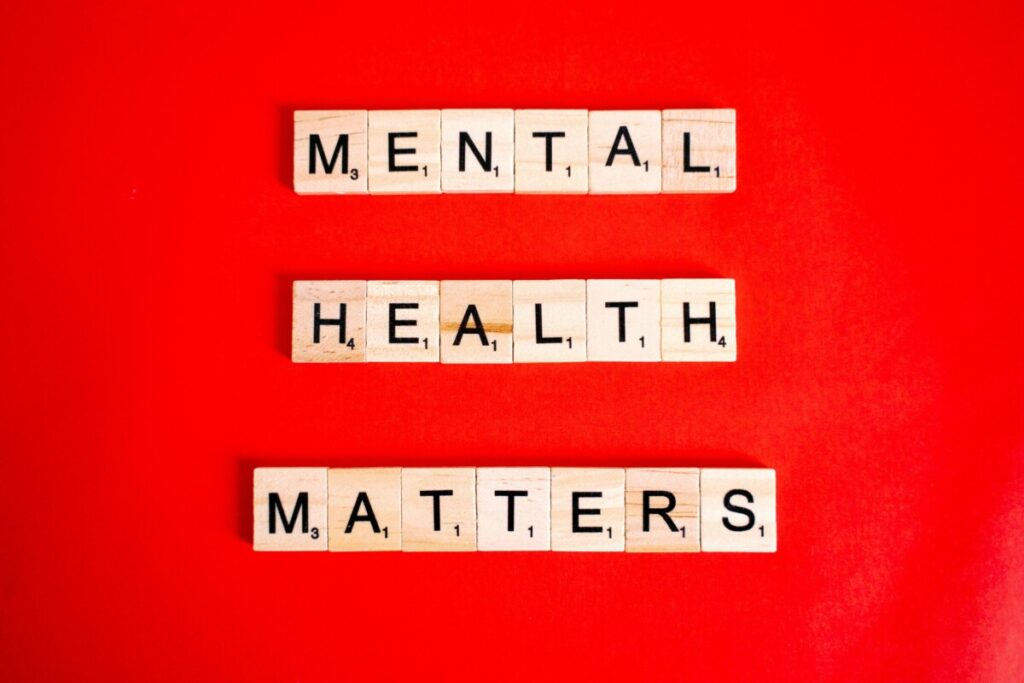Mental Health and Financial Education

I have witnessed a profound shift in how organizations approach employee wellness, especially as mental health and financial education become central to workplace strategy. Today, HR leaders face increasing pressure to address not only physical health but also the psychological and financial wellbeing of their teams. Integrating mental wellness and financial education is no longer a luxury—it is a necessity for attracting and retaining top talent in a competitive market. As I explore this topic, I will highlight why these elements are essential for building a resilient, engaged, and future-ready workforce. By the end, you will understand how to craft programs that support both mind and money, driving sustainable organizational success.
Key Takeaways
Integrating mental wellness and financial education creates a more resilient, productive workforce.
You should address stigma, accessibility, and personalization to maximize program impact.
Future-ready wellness programs require ongoing evaluation, incentives, and alignment with employee needs.
Integrating Mental Wellness and Stress Management into Employee Programs
You must recognize that mental health and stress management are foundational to any effective employee wellness program. Research consistently links mental wellness to higher productivity, lower absenteeism, and improved retention rates [placeholder citation]. Digital mental health tools, such as meditation apps and teletherapy platforms, offer accessible support for employees regardless of location. Mindfulness training and peer support initiatives further enhance resilience, helping your teams manage daily pressures and workplace challenges. When you prioritize these resources, you foster a culture of openness and support, which in turn strengthens organizational loyalty and performance.
For example, companies that provide on-demand counseling and stress management workshops report measurable improvements in employee engagement and satisfaction. You can also implement regular mental health check-ins and anonymous surveys to identify emerging issues before they escalate. By integrating these practices, you demonstrate a genuine commitment to employee wellbeing, which is increasingly valued by both current staff and prospective hires. Ultimately, a proactive approach to mental wellness not only benefits individuals but also drives collective organizational success.
Addressing Challenges and Alternative Approaches in Workplace Financial Education
You will encounter several barriers when implementing workplace financial education, including stigma, privacy concerns, and low engagement. Many employees hesitate to discuss financial stress due to fear of judgment or confidentiality breaches. To overcome these challenges, you should offer confidential coaching, gamified learning modules, and integrate financial wellness into broader benefits packages. These alternative approaches make financial education more accessible and appealing, encouraging greater participation.
Research shows that financial stress negatively impacts job performance, absenteeism, and overall wellbeing [placeholder citation]. By providing resources such as budgeting workshops, debt management tools, and retirement planning sessions, you empower employees to take control of their financial futures. Gamification—using points, rewards, or friendly competition—can further boost engagement and make learning about finances less intimidating. Confidential access to financial advisors ensures that employees feel safe seeking help without fear of exposure.
It is essential to communicate the value of financial education clearly and regularly, linking it to broader wellness and career development goals. When you address these challenges head-on, you create a supportive environment where employees feel empowered to improve both their mental and financial health.

Practical Strategies and Future Trends in Holistic Employee Wellness Initiatives
You can design holistic wellness programs by combining mental health resources with financial education, ensuring that both areas receive equal attention and investment. Start by assessing employee needs through surveys and focus groups, then tailor your offerings to address the most pressing concerns. Implementing AI-driven personalization can help you deliver targeted content and support, increasing program relevance and effectiveness [placeholder citation].
Incentive structures, such as wellness points or financial bonuses for participation, can motivate employees to engage with your programs consistently. Leadership plays a critical role in fostering a wellness culture—when executives model healthy behaviors and openly discuss mental and financial wellbeing, it sets a powerful example for the entire organization. Regularly evaluate your programs using metrics like participation rates, employee feedback, productivity, and retention to ensure continuous improvement.
Looking ahead, you should anticipate trends such as virtual wellness platforms, integrated mental and financial health dashboards, and personalized coaching powered by artificial intelligence. Case studies from leading organizations demonstrate that holistic, data-driven wellness initiatives yield measurable improvements in employee satisfaction and business outcomes. By staying ahead of these trends, you position your organization as an employer of choice in a rapidly evolving landscape.
https://focusofwellness.com/index.php/2025/07/31/ai-for-personalized-health-wellness/
https://newsnetwork.mayoclinic.org/
Conclusion
I have seen firsthand how integrated wellness programs transform organizations, making them more resilient and attractive to top talent. You should prioritize both mental health and financial education, addressing barriers and personalizing support to maximize impact. Ongoing evaluation and leadership engagement are essential for sustaining program success. As the workplace continues to evolve, your commitment to holistic employee wellness will set you apart and drive long-term organizational growth. Reflect on how you can champion these initiatives and create a culture where every employee thrives.
FAQs
What are the most effective ways to promote mental wellness at work?
You should leverage digital mental health tools, provide manager training, and establish peer support networks. Evidence shows that these strategies improve engagement and reduce absenteeism by making support accessible and reducing stigma [placeholder citation].
How can you increase participation in workplace financial education programs?
You can boost participation by offering incentives, gamifying learning experiences, and ensuring confidential access to financial resources. Research indicates that these approaches increase engagement and help employees feel more comfortable seeking support [placeholder citation].
What metrics should HR use to evaluate wellness program success?
You should track participation rates, employee feedback, productivity, and retention. Effective measurement includes both quantitative data and qualitative insights, allowing you to refine programs and demonstrate ROI to stakeholders [placeholder citation].





